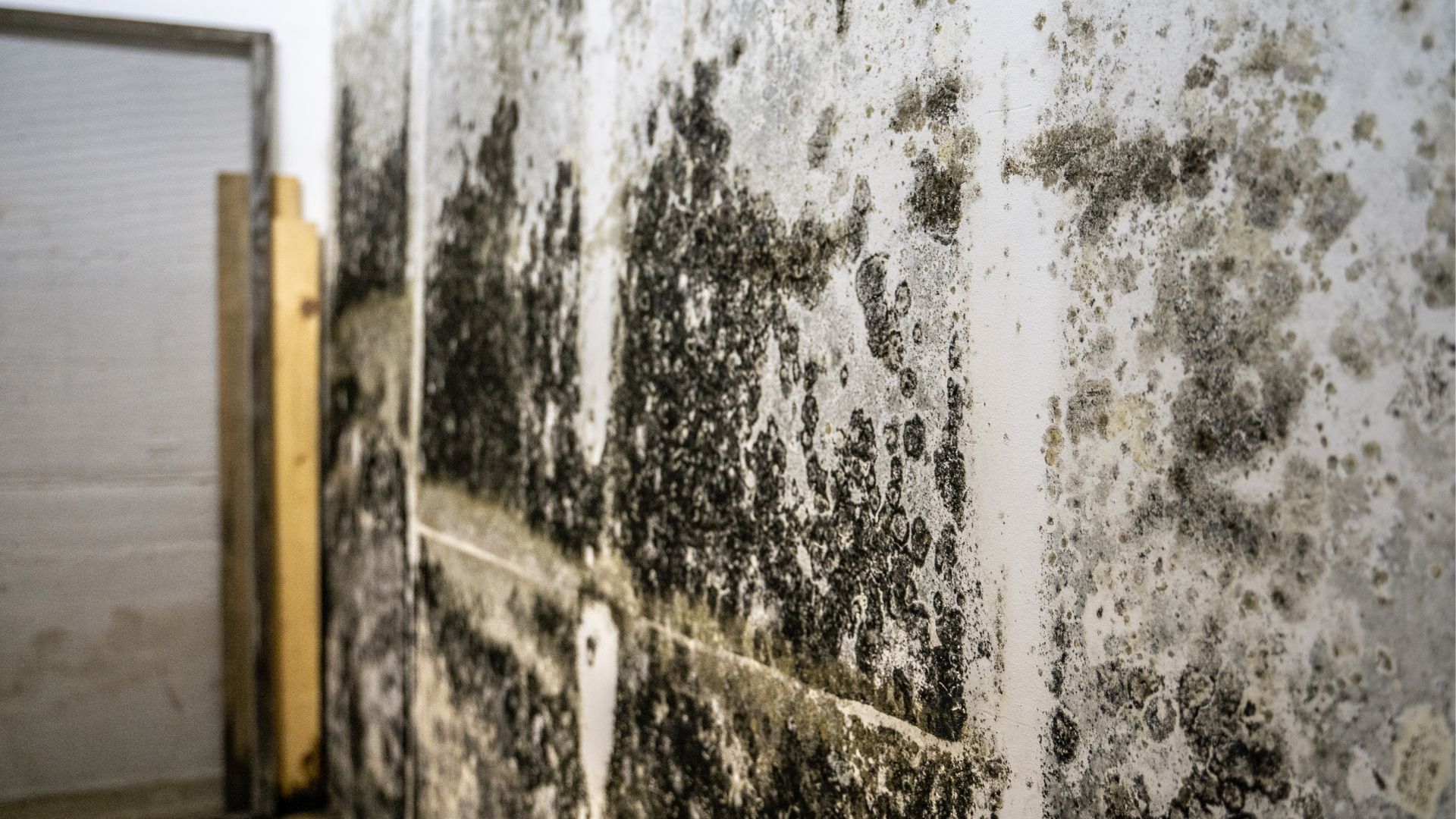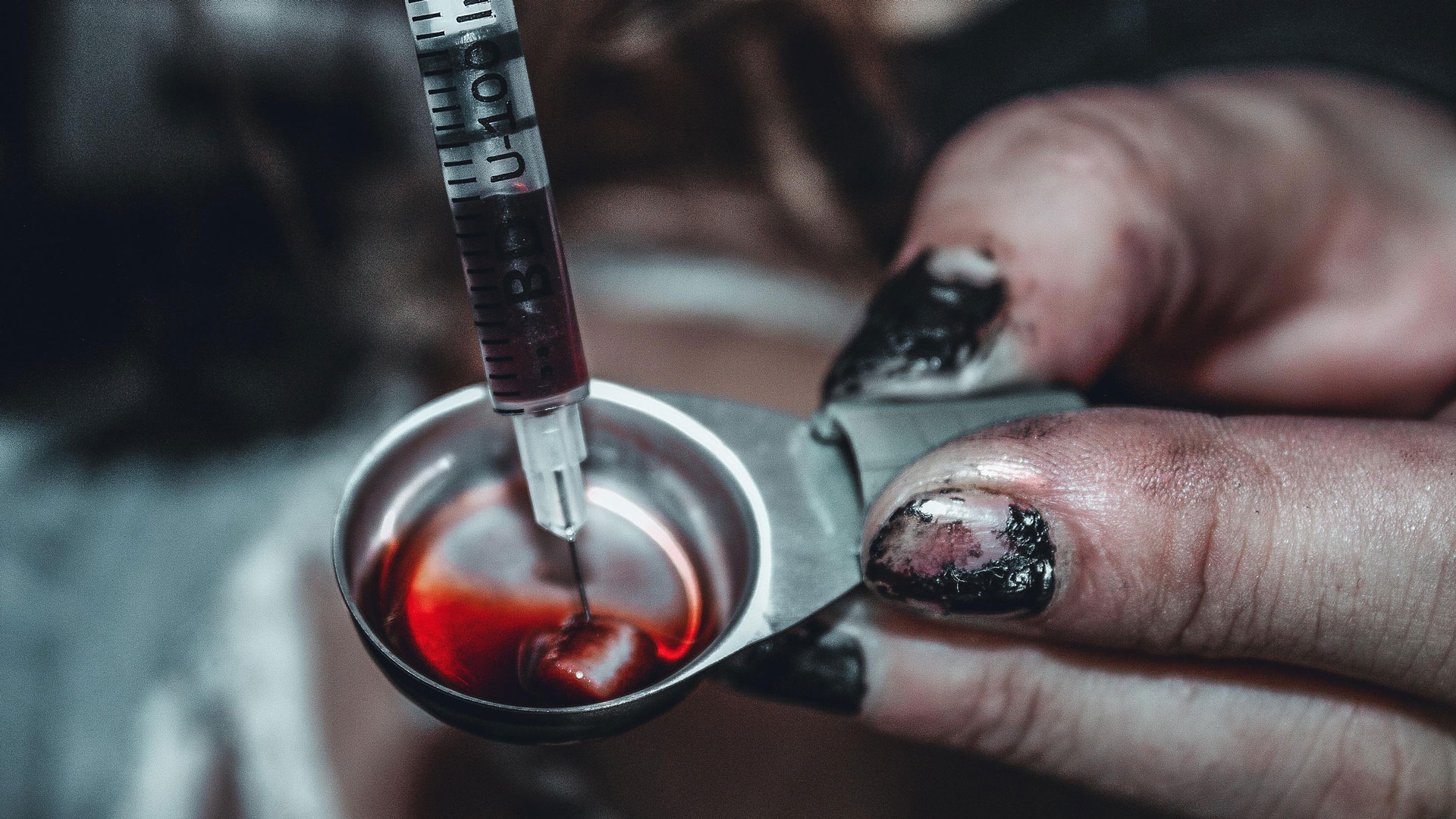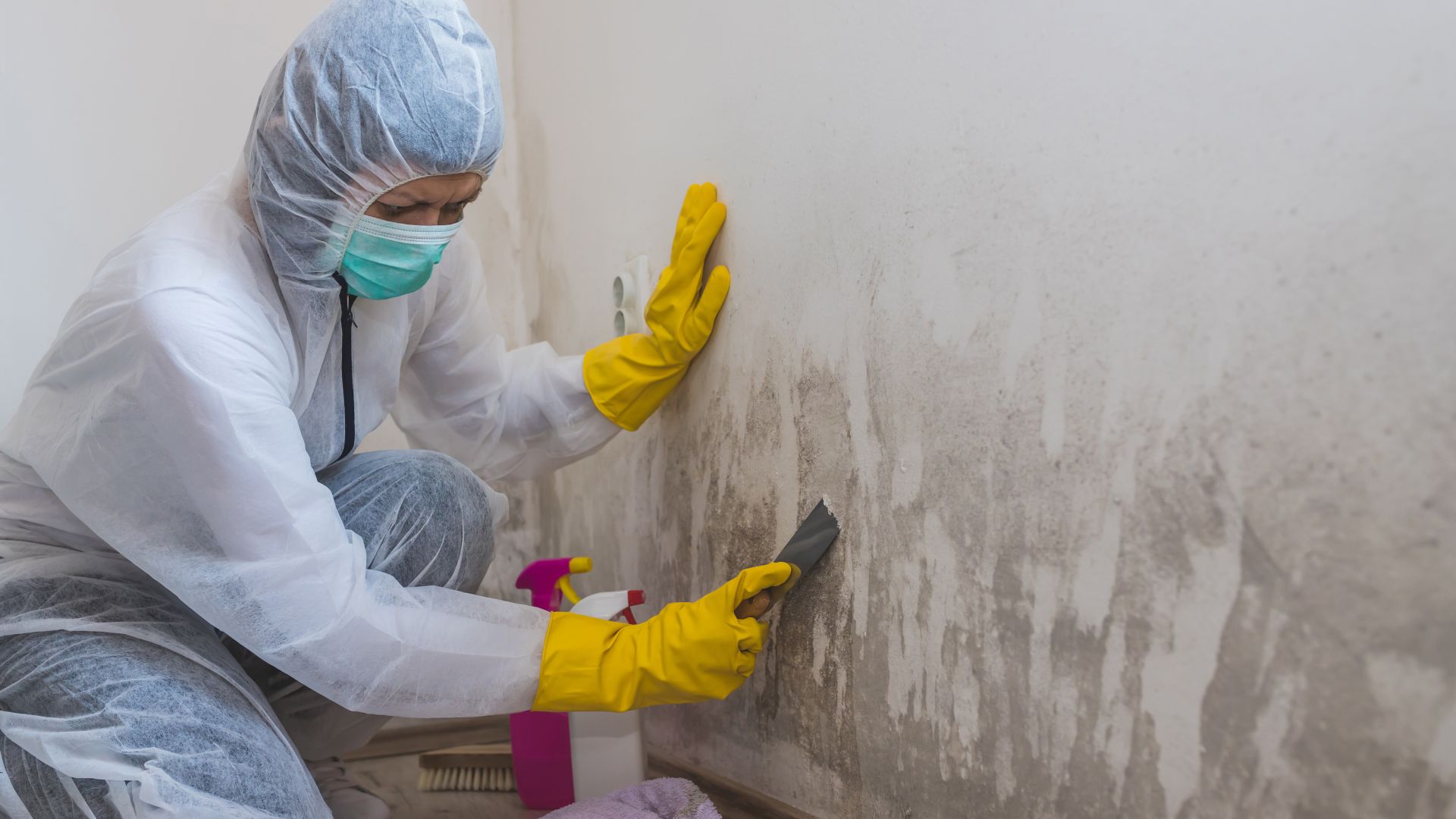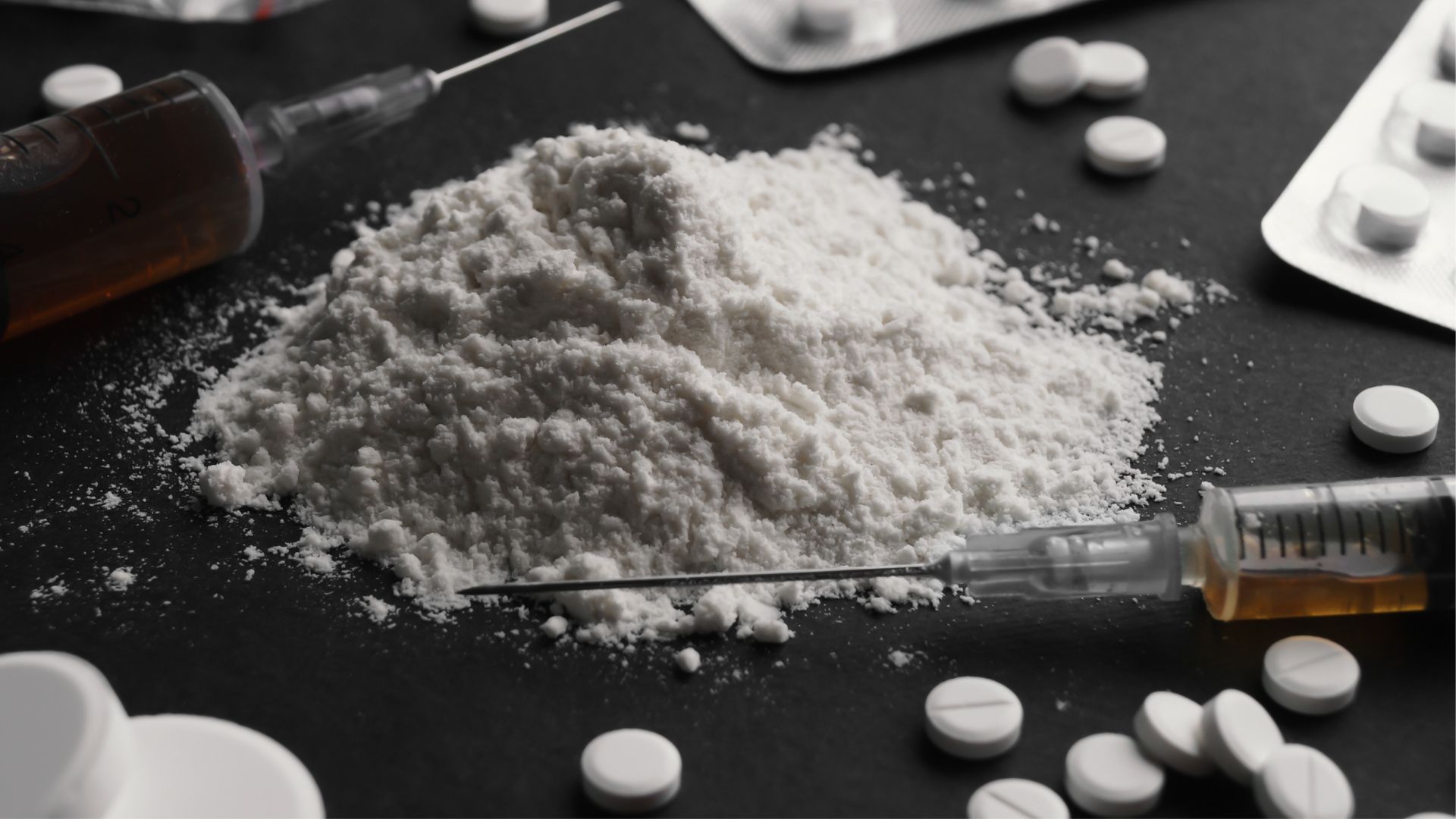Did Grampa Really Hoard All of That?
It’s a moment many families experience: the discovery of a loved one’s home filled to the brim with items collected over the years. Perhaps Grampa was an avid collector, a bargain hunter, or simply someone who struggled to let go of things. Whatever the reason, the reality of dealing with a hoarding situation can feel overwhelming.
Hoarding is more than just clutter; it’s a complex issue that can create unsafe living conditions, emotional strain, and health risks for everyone involved. If you’ve found yourself asking, “Did Grampa really hoard all of that?” you’re not alone. Fortunately,...









